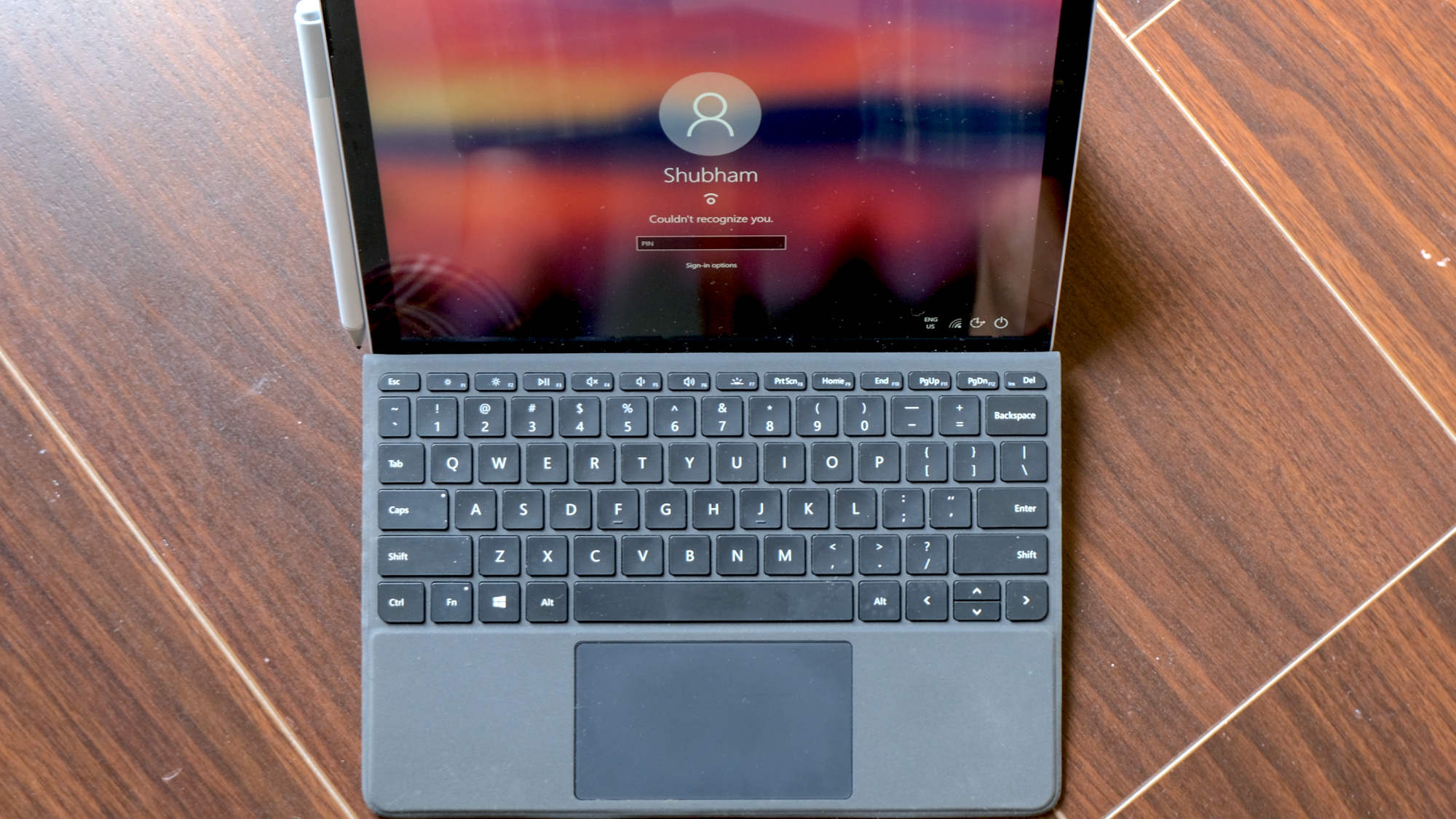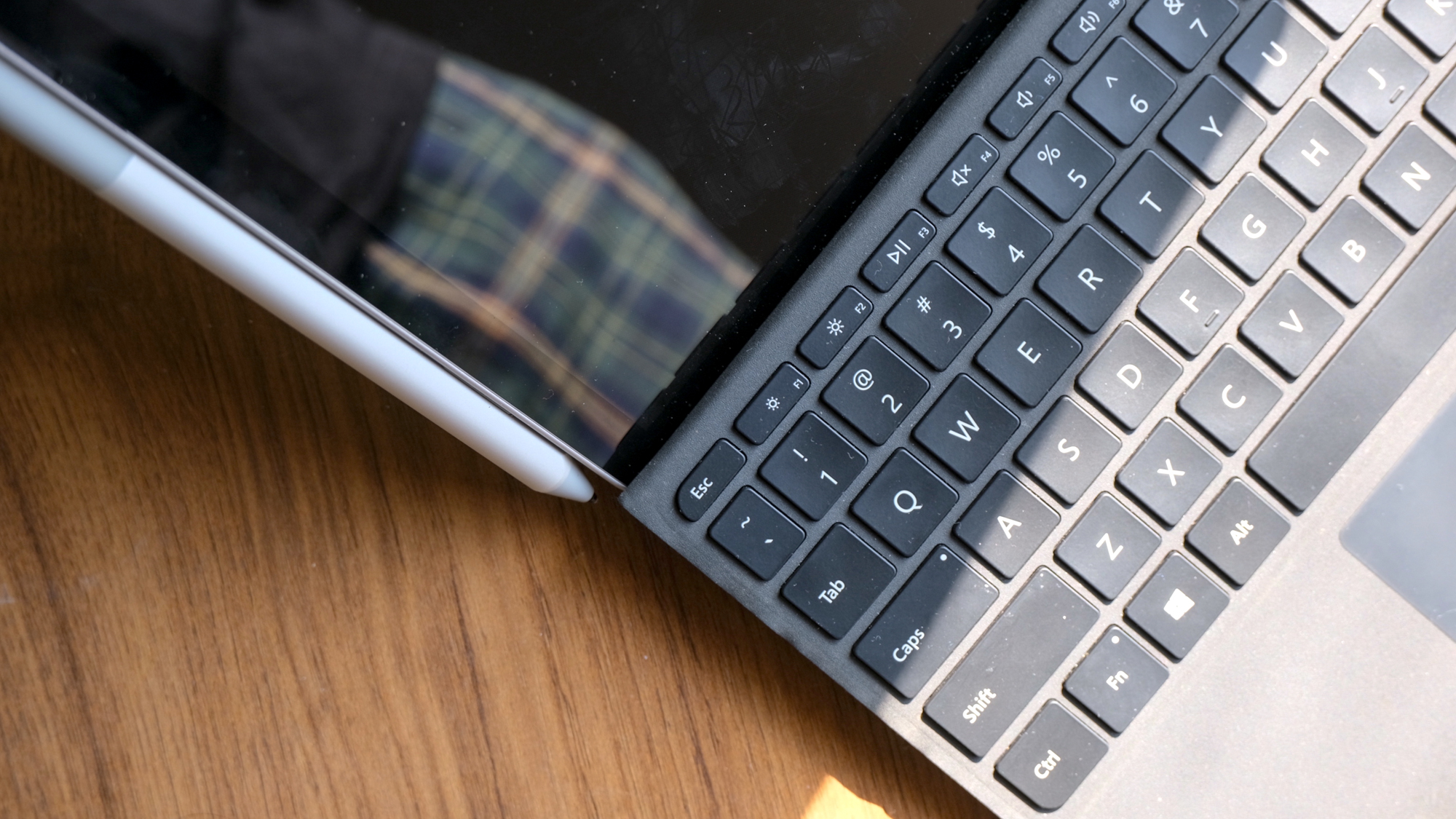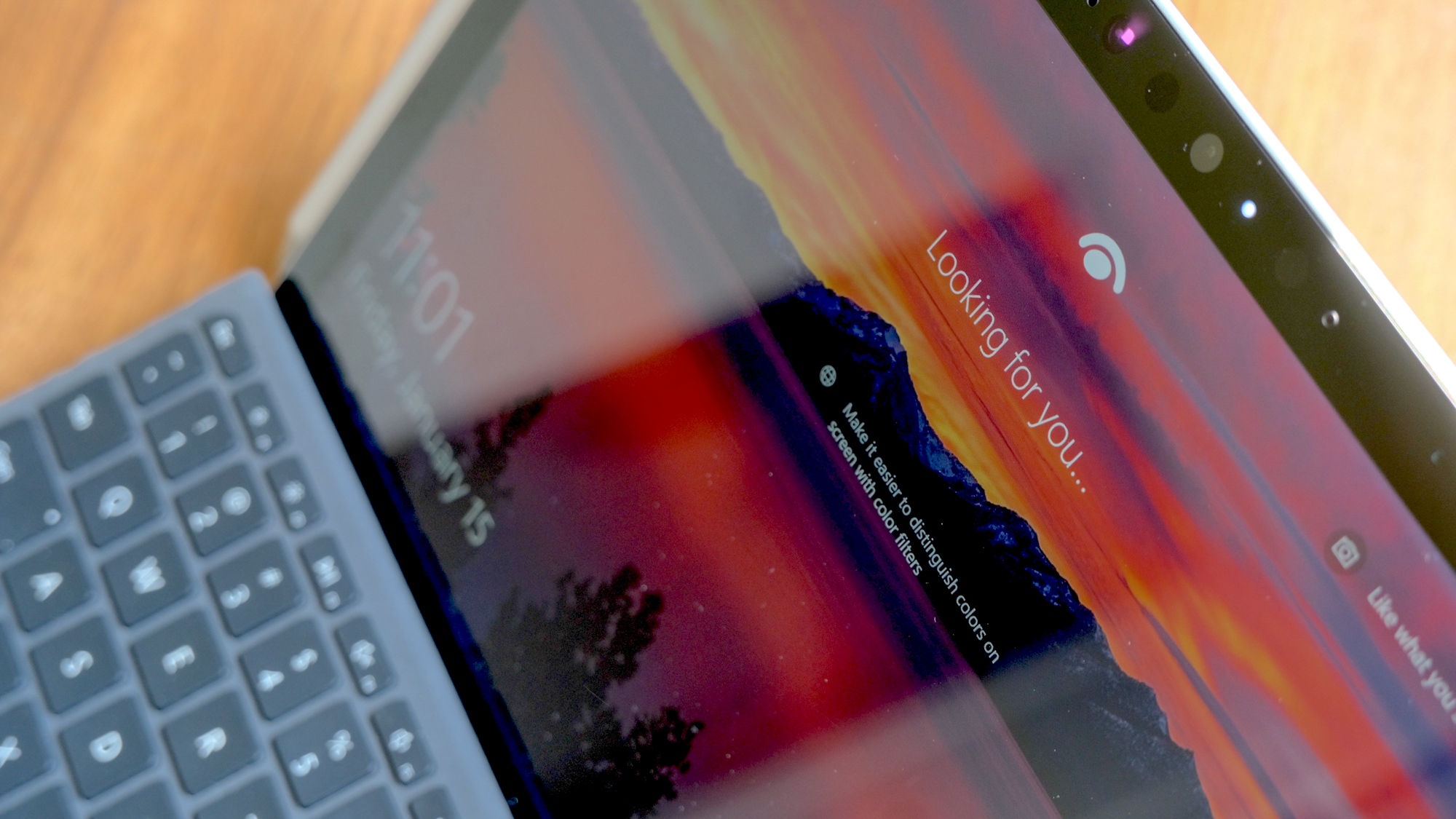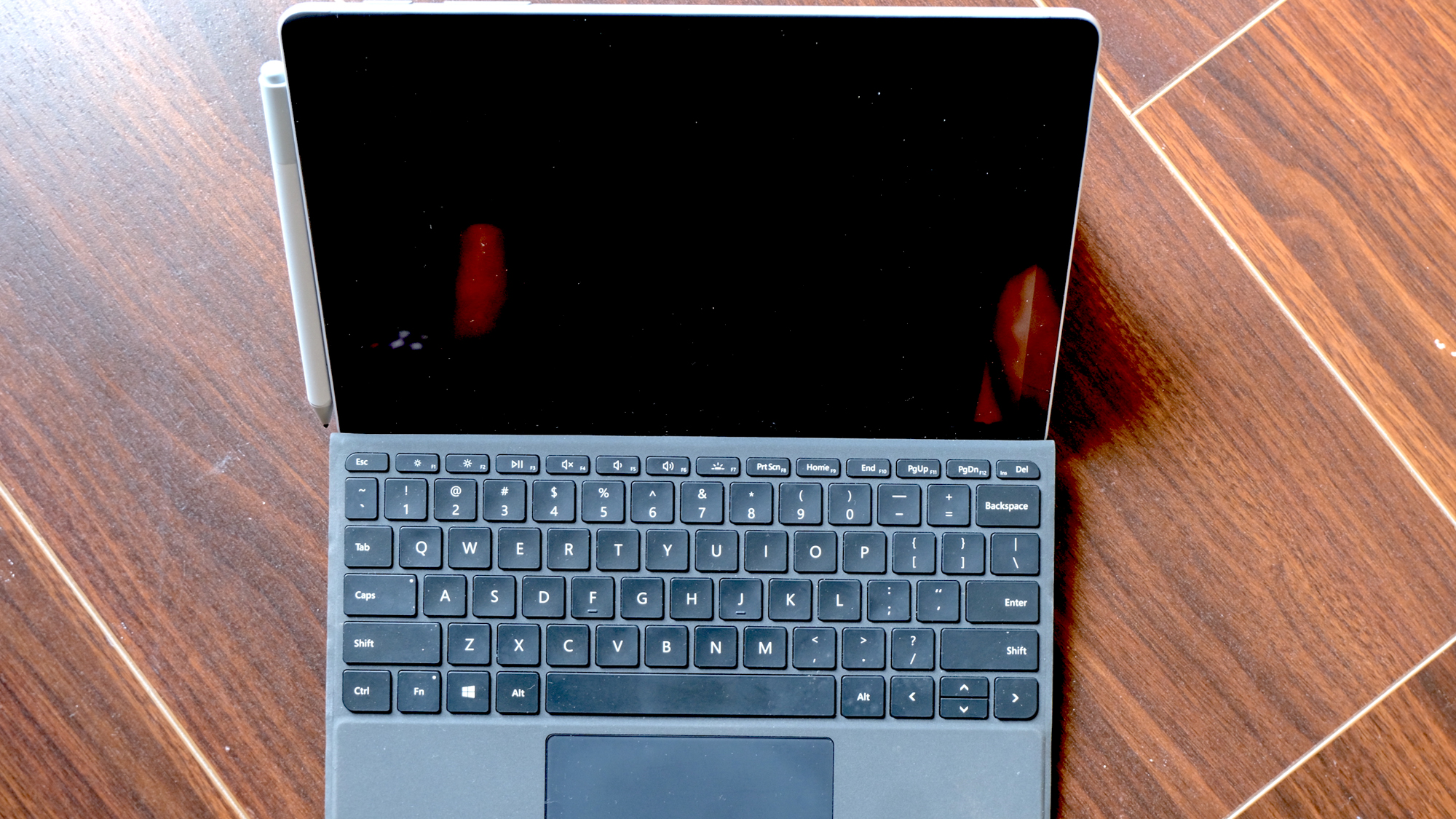Is the Microsoft Surface Go 2 still worth buying in 2021?
How does Microsoft's cheap 2-in-1 tablet hold up today?
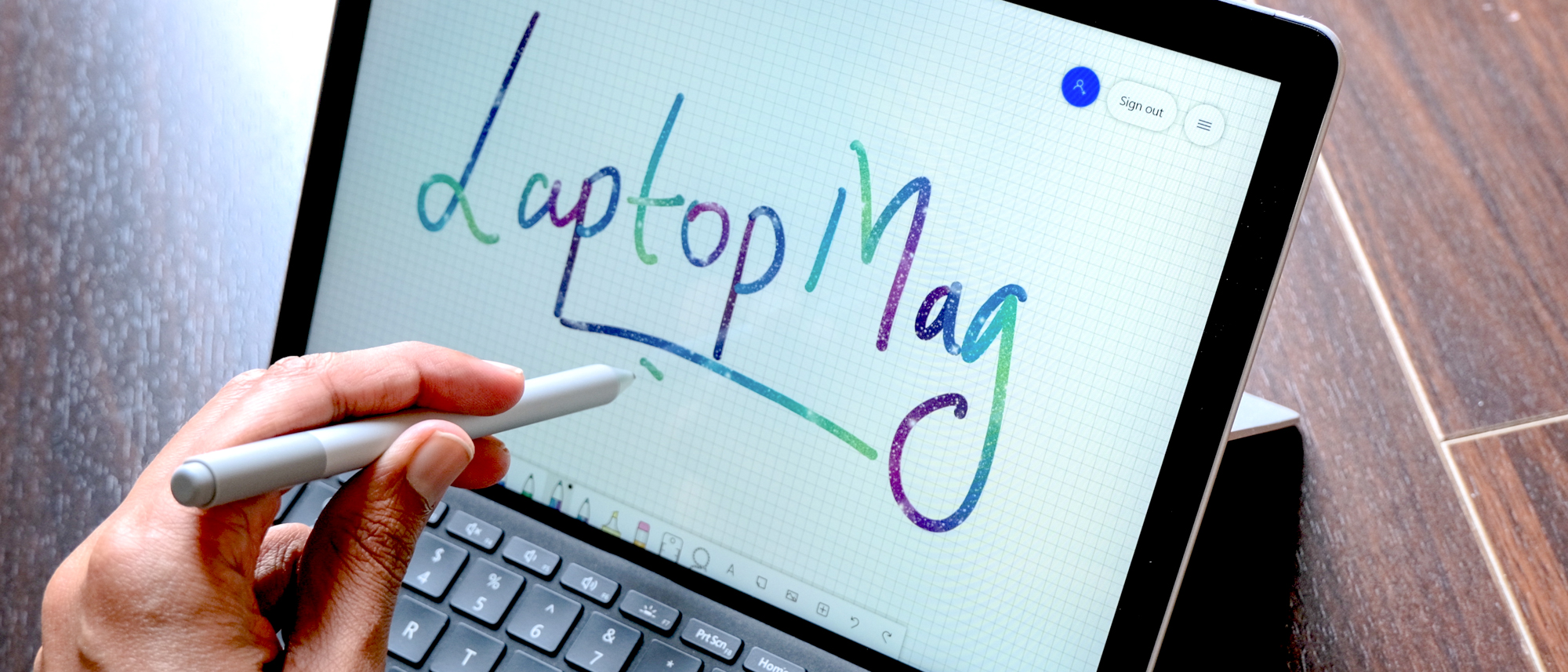
Microsoft’s 2nd Gen compact 2-in-1, the Surface Go 2, fixed a lot of what ailed its predecessor, boasting a bigger battery, slimmer bezels, and a more powerful Intel Core m3 option. But at a starting price of $399 for the Intel Pentium CPU, eMMC storage, and 4GB RAM variant, the base Surface Go 2 was underpowered for a Windows PC, and not cheap -- especially when you threw in the keyboard and stylus add-ons. Competition like the Apple iPad Air aside, the Surface Go 2 was also vying against its own (more capable) siblings in the rest of the Surface Pro lineup.
It's been about a year now and the Microsoft Surface Go 2 remains your best bet at replicating a portable and premium 2-in-1 experience in the Windows environment. And at most retailers, you can easily grab its highest-end model for up to $200 below the retail price. That’s not all. As Microsoft expands to more markets, like India, it has steadily rolled out a handful of stability updates to patch early Surface Go 2 bugs like Wi-Fi and Bluetooth connection hiccups.
So we decided to revisit Microsoft’s mini 2-in-1 to see if it’s still worth purchasing. Here’s what we found out.
- Surface Pro vs. Surface Laptop: What Should You Buy?
- How to check Windows 11 compatibility using Microsoft’s Health Check app
- How to Create an Android Emulator in Windows
The best of both worlds
The Microsoft Surface Go 2’s greatest strength is its versatility. Since it’s a real desktop computer housed in a form factor that’s light and portable enough to challenge mobile tablets like the iPad, you won’t ever feel restricted by the Surface Go 2.
What I mean is that there won’t be a point in your workflow where you’d have to put aside the Surface Go 2 and switch to another, proper computer. Unlike, say, the iPad, you won’t have to go out of your way to adapt to the Surface Go 2, either. It lets you edit pictures and videos in Adobe’s Creative Cloud software, like Photoshop, while also being capable of streaming Netflix offline through its Windows app.
To get a better idea, here’s what my usual day with the Surface Go 2 looks like: In the morning, I plug in a host of accessories like a monitor, keyboard, and mouse to turn the tablet into a full-fledged desktop computer. At lunch, I detach the Surface Go 2 to switch to the tablet mode, pull out the kickstand, and watch a TV show or pull up recipes on it as I cook.
Later in the day, if I’m craving for a change in scenery, I attach the Microsoft Type Cover keyboard and work from the sofa or a cafe. This is followed by docking the Surface Go tablet on my piano’s narrow stand so that I can look at practice sheets and take notes with the Surface Pen.
Sign up to receive The Snapshot, a free special dispatch from Laptop Mag, in your inbox.
I grew more used to the idea of a device like the Surface Go 2 than I thought I would and, fortunately, the m3 variant has the power to match.
An engineering marvel
For starters, it comes in a sleek magnesium exterior whose smooth, curved edges are comfortable to hold in the tablet mode. The built-in kickstand at the back, which can rotate 165 degrees, is sturdy, and allows you to prop up the device at just about any angle you want -- whether you’d like to turn it into a laptop or place it on your kitchen counter.
Although, for a tiny computer, the Surface Go 2 is relatively lightweight at 544 grams (1.2 lb), it can seem a tad heavy when you’re using it as a tablet. So it’s portable enough to be carried around but not lightweight enough to replace your Kindle or iPad.
But that extra weight has an upside: because all the hardware is situated inside the Surface Go 2 tablet and not the keyboard base, you won’t have to struggle with your laptop getting too warm when it’s on your lap.
Speaking of the keyboard, it offers tactile and large keys that didn’t affect my typing pace too much. The glass trackpad, on the other hand (while it is plenty responsive and supports all the Windows gestures), can feel cramped and you probably will end up investing in an external wireless mouse.
The bigger downside is the keyboard’s flex. When it’s sitting on my lap and I rest my hands on the palm rest, it is nearly impossible for me to work without constantly feeling frustrated by the shaky base. Thanks to the adjustable kickstand, however, I can usually figure out a sufficiently comfortable position to type in. It just won't be my first choice when writing reports.
The Surface Go 2’s 10.5-inch, 1080p screen is a joy to look at. It’s vivid, sharp, and bright for outdoor use. Plus, the panel has a 3:2 aspect ratio, which is ideal if you spend a lot of time in the browser. It’s flanked by a pair of front-facing stereo speakers that are also excellent and loud enough for me to watch movies on it without reaching for the headphones.
One of the shortcomings of the Surface Go 2’s design is its proprietary charging port. I often found that the device did not charge even though it was plugged in. You have to make sure that the cable, which latches on magnetically, is properly aligned with the port. Fortunately, you can top it up through the USB Type-C slot if you have a laptop-grade charger lying around. But that means you will end up blocking the only universal port on the Surface Go 2.
The battery life lived up to Microsoft’s claims in my testing. On a regular workday that involved several video calls, dozens of browser Microsoft Edge tabs, and a couple of active Windows apps, the Surface Go 2 lasted 7 to 8 hours. That figure does take a serious hit if you rely on more resource-intensive software, like Google Chrome.
Other than that, the Surface Go 2 has a microSD card slot for storage expansion, a standard audio jack, and a SIM card slot if you opt for the LTE variant.
Designed for the Zoom era
The Surface Go 2’s 1080p cameras on the front and back were a pleasant surprise and one of the best I’ve used on a laptop. They can produce crisp results and on video calls, handle contrast and dynamic range that is better than on most notebooks. On top of that, the built-in far-field microphones ensure you are clearly audible to others on calls or when you’re recording.
Next to the front camera, there’s an IR sensor that allows you seamlessly to log in to the Surface Go 2 with just your face. Paired with nearly instant boot times, this means you will seldom see the lockscreen. However, the face login doesn’t work if you’re holding the tablet vertically. You will have to flip it in the landscape orientation, authenticate yourself, and return to portrait mode.
The unit I tested came equipped with an 8th-Gen Intel Core m3 chip, 8GB of RAM, and a 128GB SSD. For the majority of everyday computer or tablet tasks, the Surface Go 2 just flies and you will have no trouble juggling between dozens of browser tabs and apps. However, the performance does take a toll when you move to more advanced applications like editing high-definition videos in Adobe Premiere Pro.
The good news is that there wasn’t a point where I felt like the Surface Go 2 was struggling to keep up with me -- as long as you stick to the basics. I didn’t face any major lags and even though it’s not meant for heavy-duty apps, it can still run them -- albeit at a slower pace.
For an in-depth look into the performance, head over to our full Surface Go 2 review.
Windows 10 itself, on the other hand, has been a bit of a letdown in the tablet mode. Its traditional elements like the File Manager and the layout of windows are not quite optimized for touch input yet, and poking them with a finger is less than ideal.
While essentials like multitasking and navigation in the tablet mode work fine, the overall experience can come off as inconsistent, and I often run into recurring issues like the virtual keyboard not showing up, the tablet refusing to switch back to the desktop mode until I reboot, and more. These software glitches are not major enough to be deal-breakers, but they do confirm one thing: Microsoft’s tablet UI has a long way to go before it can go toe-to-toe with competitors like the iPad.
Should you buy the Microsoft Surface Go 2 in 2021?
The Microsoft Surface Go 2 is a charming all-purpose computer -- one that has convinced me that the tablet and laptop don’t have to be separate devices. Calling it a jack-of-all-trades would be unfair since, in a lot of ways, the Surface Go 2 punches well above its weight given the impressive screen and speakers, long battery life, flagship-grade hardware for video calls, reliable performance, and most importantly, versatile design.
Unless you spend most of your time on your laptop to work and, therefore, need a larger display, or you actively rely on creative apps like Photoshop and want a more powerful machine, the Surface Go 2 is a worthy companion -- especially if you can score it at a discount.
Shubham Agarwal is a freelance technology journalist from Ahmedabad, India. His work has previously appeared in Business Insider, Fast Company, HuffPost, and more. You can reach out to him on Twitter.
